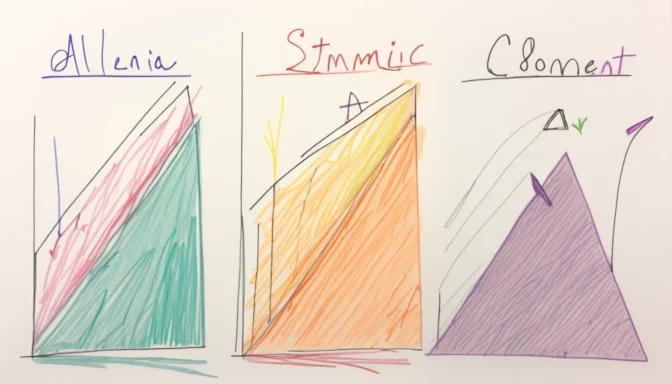What are Dynamic and Static Content?

Dynamic content is ever-changing and personalizes based on user behavior or other criteria. In contrast, static content remains consistent for all users and can only be altered manually. Dynamic content provides a personalized user experience, while static content is generally quicker to load but less adaptable.
Purpose of Dynamic Content

Also known as adaptive content, dynamic content is engineered to be responsive to user actions and pain points. It plays a pivotal role in delivering personalized experiences across websites, emails, and social media, thereby elevating user engagement.
Examples of Dynamic Web Content

Dynamic content can adapt in real-time based on user behavior like pages visited or items added to the cart. For example, an e-commerce website might provide tailored product recommendations based on your browsing history.
Dynamic Social Content

In social media, dynamic content alters according to user data and interests, allowing platforms to offer personalized feeds. This increases both user engagement and overall experience.
Difference Between Static and Dynamic

In technical terms, 'dynamic' implies the ability to change or take action, whereas 'static' indicates something that is fixed. Generally, dynamic content is more energetic and adaptable, while static content is stationary.
Why Use Dynamic Content in Email?

Using dynamic content in emails allows for a customized approach, adapting the content based on the recipient. This increases user engagement by tailoring the email to each individual's specific needs and preferences.
How is Dynamic Content Generated?

Dynamic content is often generated through server-side applications. These interact with the web server to interpret user requests, create content accordingly, and deliver it as though it were static.
Is Netflix Static or Dynamic?

Netflix is a prime example of a dynamic website, with complex features and a personalized user interface. Its content and recommendations evolve based on individual user behavior.
Is YouTube Static or Dynamic?

YouTube is also a dynamic platform, providing unique content to users based on their preferences. Its adaptive nature makes it an exemplary model of dynamic content.
 E-Commerceo
E-Commerceo
